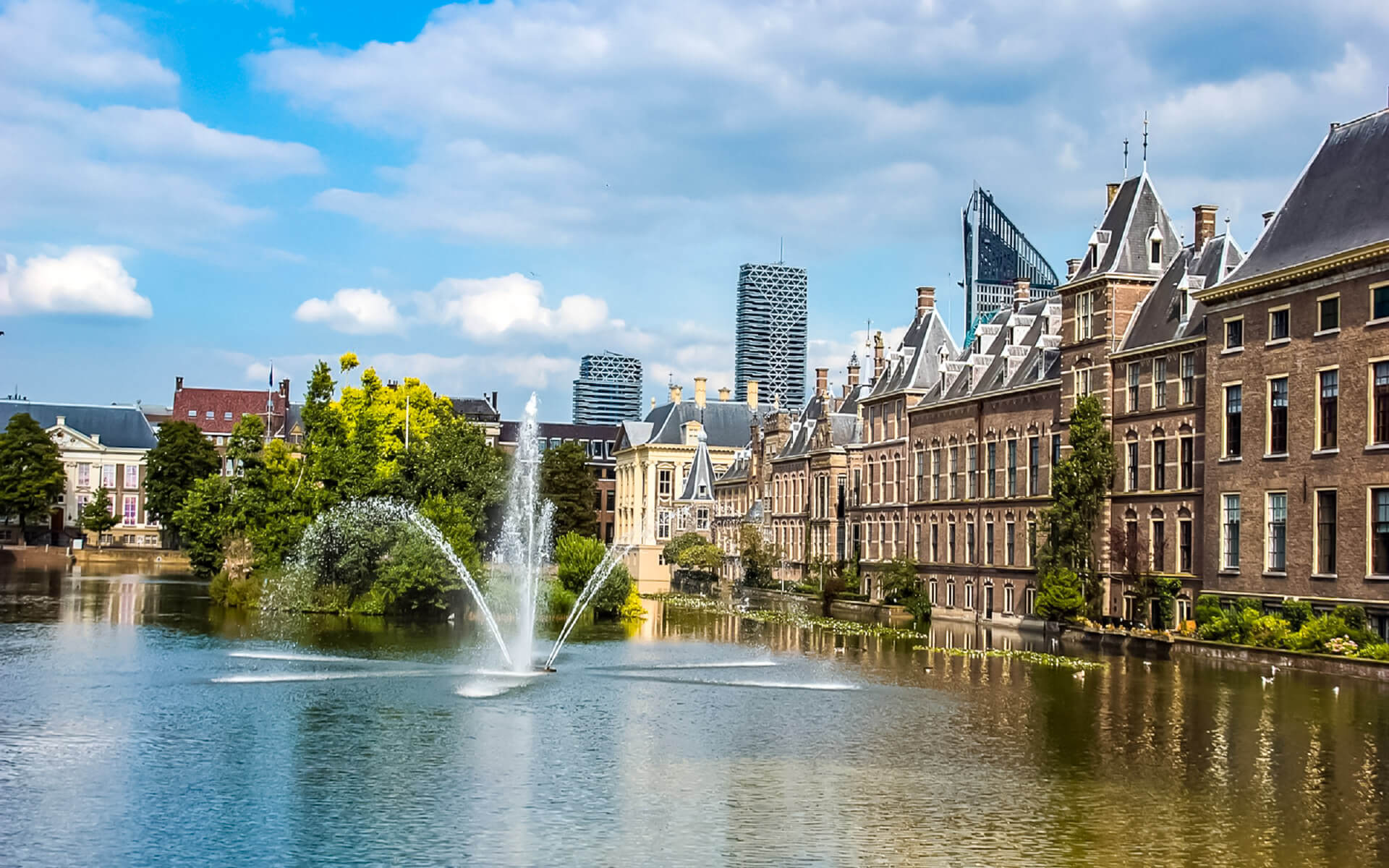Because of the city’s numerous international courts, The Hague is sometimes referred to as the “judicial capital of the world.” Among them are the International Court of Justice, the International Criminal Tribunal for the former Yugoslavia, and the International Criminal Court, which has been in operation since 2004. Aside from these institutions, The Hague is home to over 150 international organizations, as well as several EU institutions, global corporations, and embassies. This gives the city an unique foreign flavor, distinguishing it from Amsterdam. Rather than the numerous foreign tourists and fortune-seekers drawn to Amsterdam by its reputation for excitement and liberalism, The Hague has a greater number of expats working and residing in the city due to the presence of international organizations and corporations. As a result, The Hague has a reputation for being an affluent, conservative, and rather staid city.
The Hague lacks the edginess and energy of Amsterdam, but it provides for its residents in a variety of ways, including significant sections of open space, 11 kilometers of shoreline, beautiful commercial avenues, and a diverse ethnic environment. Rather than canals, like in other Dutch towns, The Hague features streets and avenues that are somewhat broader than the rest of the Netherlands, giving the city a more European character. It contains 18th-century homes in baroque and classicist styles, rather than the usual Dutch Renaissance 17th-century step-gabled buildings. Many see the city as the most stately in the nation. Posh neighborhoods just beyond the city center have a more 19th-century vibe, with eccentric and art nouveau buildings.
However, the farther you go away from the seafront and the city center, the poorer the neighborhoods get. Some see Laan van Meerdervoort, which runs parallel to the coast, as a dividing line between prosperous and sketchier regions. Away from the shore, there is often substantially less green area. One example is Zuiderpark, a centrally placed park that also used to house the stadium of the local football club ADO Den Haag. Some of its followers were recognized as the country’s most infamous hooligans, reinforcing a reputation of “lower-class” residents.
The Hague has beautiful architecture, from the quaint Binnenhof government complex to the magnificent and regal homes on Lange Voorhout. Museums such as the Mauritshuis are regarded as among the finest in the nation. Due to large-scale immigration from this former Dutch colony, The Hague provides some of the greatest Indonesian cuisine in the nation for culinary connoisseurs. The city also provides excellent trip options, such as huge open spaces for walking and biking, as well as dunes and beach leisure sites within a few tram stops from the city center. The Hague also has a few kid-friendly attractions, such as the Madurodam miniature city and the 360-degree Omniversum theater.
The city has seen significant growth in the form of contemporary architectural projects in recent decades. The City Hall and Central Library by American architect Richard Meier, De “Snoeptrommel” (known as Candy-Box by locals) – a round shopping center next to the old town hall, and a collection of post-modern, brick-clad office towers in between the city hall and the Centraal railway station, which provide new housing for a number of ministries, are recent constructions. The building of an underground tram tunnel under Grote Marktstraat, which is utilized by regular trams, as well as a new light-rail system known as RandstadRail, which connects The Hague with the neighboring cities of Zoetermeer and Rotterdam, has been a significant infrastructure development.
A substantial reconstruction project is presently ongoing in the Centraal train station vicinity. Skyscrapers like as the 142-meter-high Hoftoren tower above the city, and numerous additional high-rise structures are now under development.
- VVV Den Haag (the main tourist information office), Spui 68 (Located at the Central Library, next to the town hall), e-mail: [email protected] 12:00-20:00, Tu-Fr 10:00-20:00, Sa 10:00-17:00, Su 10:00-17:00.
- VVV City Mondial, Wagenstraat 193. Tu-Fr 09:30-17:00, Sa 10:00-17:00, Su 10:00-14:30.


